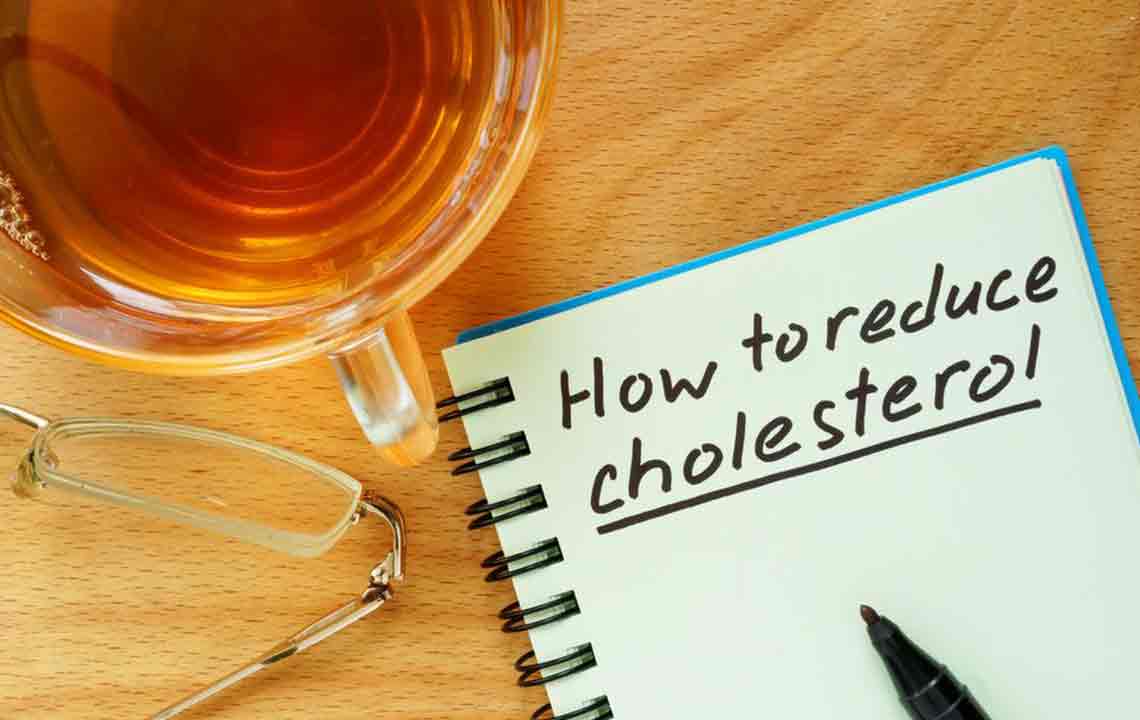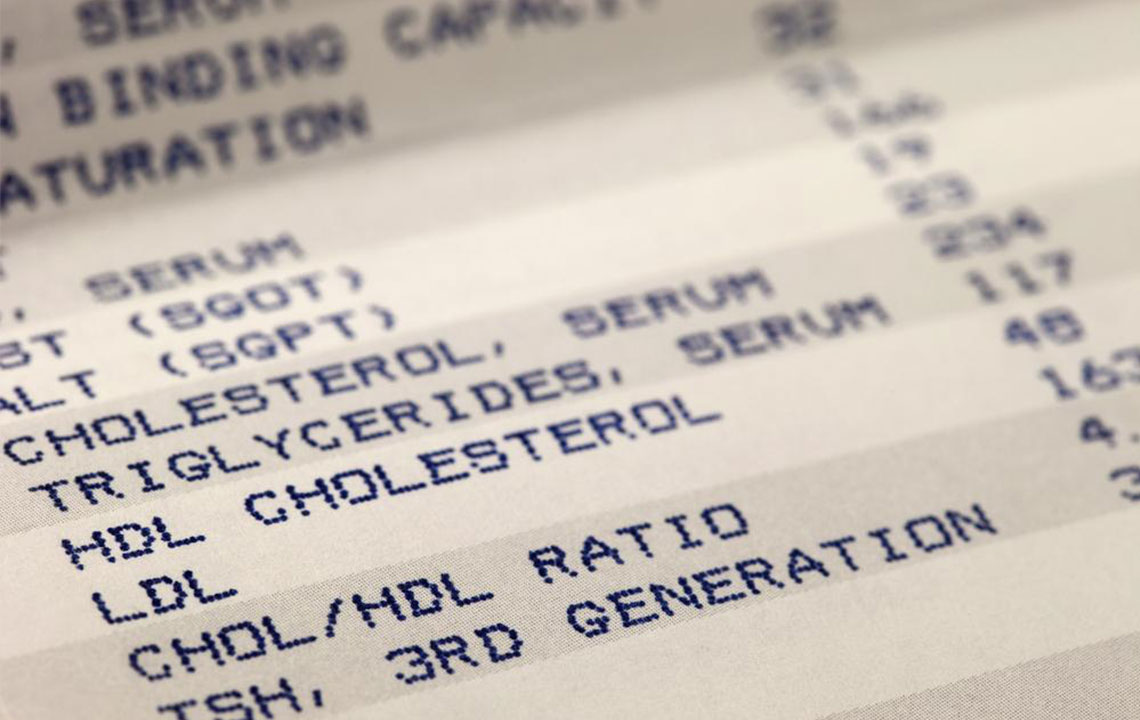Comprehensive Guide to Managing and Reducing High Cholesterol Risks for Better Heart Health
This comprehensive guide explores the vital aspects of managing high cholesterol, including its types, causes, early signs, and natural strategies for reduction. By adopting healthy dietary habits, engaging in regular exercise, and working with healthcare professionals, individuals can effectively lower their risk of cardiovascular diseases. Educational and practical, this article emphasizes the importance of proactive cholesterol management for lifelong heart health.

Understanding High Cholesterol and Its Critical Impact on Overall Health
Introduction to High Cholesterol and Its Significance
Cholesterol, a waxy, fat-like substance essential for various bodily functions, is produced naturally by the liver and circulates in your bloodstream. While it plays a vital role in constructing healthy cell membranes and synthesizing hormones like estrogen, testosterone, and cortisol, an excess of cholesterol poses serious health risks. Maintaining optimal cholesterol levels is crucial because elevated cholesterol can lead to dangerous plaque accumulation within arteries, narrowing blood vessels and impairing blood flow. This process significantly increases the risk of life-threatening cardiovascular diseases, including heart attacks and strokes.
High cholesterol levels are a major contributor to the development of atherosclerosis—a condition characterized by plaque buildup inside the arteries. Over time, these plaques can rupture, leading to blood clots that may result in heart attacks or strokes. Therefore, managing and controlling cholesterol levels is a cornerstone of cardiovascular health. This comprehensive guide delves into the types of cholesterol, causes of elevated levels, early warning signs, and effective strategies for lowering cholesterol naturally through diet and lifestyle changes.
Understanding the distinction between 'good' and 'bad' cholesterol is fundamental for effective management.
Types of Cholesterol and Their Roles
Cholesterol exists predominantly in two forms—high-density lipoprotein (HDL) and low-density lipoprotein (LDL). These play contrasting roles within your body, making their balance vital for health.
Low-density lipoprotein (LDL): Often termed 'bad' cholesterol, LDL's primary function is to transport cholesterol from the liver to various tissues. When present in excess, LDL deposits cholesterol along arterial walls, forming fatty plaques that cause narrowing and hardening of the arteries. Over time, this process leads to decreased blood flow, increasing the risk of heart attacks and strokes.
High-density lipoprotein (HDL): Known as 'good' cholesterol, HDL's role is to remove excess cholesterol from tissues and plaques, transporting it back to the liver for disposal. Elevated levels of HDL are associated with a lower risk of cardiovascular disease because they assist in clearing harmful cholesterol from the bloodstream.
Causes and Risk Factors Contributing to Elevated Cholesterol
High cholesterol isn't solely the result of dietary choices; multiple factors can influence its levels, often interacting in complex ways:
Unhealthy Lifestyles: Diets high in saturated fats, trans fats, and refined sugars—typical of fast foods, fried foods, and processed snacks—are primary culprits. Physical inactivity further exacerbates the problem by reducing HDL levels and increasing LDL levels. Additionally, smoking and excessive alcohol consumption significantly contribute to adverse lipid profiles.
Medical Conditions: Certain health conditions such as diabetes mellitus, hypothyroidism, liver diseases, and chronic kidney disease can disrupt normal cholesterol metabolism, leading to elevated levels. Managing these underlying conditions is essential for controlling cholesterol.
Genetics and Aging: Family history plays a crucial role, as genetic predispositions can lead to inherited dyslipidemia—abnormal lipid levels regardless of lifestyle. Age also influences cholesterol, with levels tending to increase as individuals grow older due to metabolic and hormonal changes.
Expert-Recognized Indicators of High Cholesterol
While high cholesterol often presents no symptoms in its early stages, some signs may hint at its presence or related cardiovascular issues:
Persistent Tingling or Numbness: Tingling sensations in hands or feet may indicate poor circulation caused by artery blockages resulting from plaque buildup.
Recurrent Headaches: Frequent headaches, especially when accompanied by high blood pressure, could signal vascular problems or heightened stroke risk.
Chest Discomfort: Chest pain or discomfort on the left side might be an indication of coronary artery disease, often related to high cholesterol levels.
Cold Extremities: Cold hands or feet without an apparent cause may reflect compromised blood flow due to arterial constriction.
Dietary Strategies to Reduce Cholesterol Levels Effectively
Adopting a heart-healthy diet is one of the most effective natural ways to lower cholesterol. Incorporating specific foods proven to support lipid profiles can make a significant difference:
Fatty Fish (e.g., Salmon): Rich in omega-3 fatty acids, especially DHA and EPA, fatty fish help lower triglycerides, increase HDL levels, and support overall heart health. Consuming fish at least twice weekly is recommended for optimal benefits.
Fortified Orange Juice: Oranges are high in vitamin C, which has been shown to improve lipid profiles by reducing LDL cholesterol and preventing oxidative damage to arteries.
Almonds and Nuts: Packed with monounsaturated fats, fiber, and antioxidants, almonds help boost HDL levels while reducing LDL. A handful of almonds daily can contribute to better heart health.
Oatmeal: High in soluble fiber, oatmeal is renowned for its ability to lower LDL cholesterol effectively. Regular consumption can lead to noticeable improvements in lipid profiles.
Additional Lifestyle Changes for Managing Cholesterol
Beyond diet, other lifestyle modifications in conjunction with dietary changes can yield substantial benefits:
Regular Physical Activity: Engaging in moderate-intensity exercise such as brisk walking, cycling, or swimming for at least 150 minutes per week can raise HDL and lower LDL levels.
Weight Management: Achieving and maintaining a healthy weight reduces the strain on your heart and helps regulate cholesterol levels.
Smoking Cessation and Moderate Alcohol Consumption: Quitting smoking and limiting alcohol intake can significantly improve your lipid profile and overall heart health.
Importance of Regular Screening and Medical Consultation
Routine blood tests to monitor cholesterol levels are essential, especially if you have risk factors like a family history or existing health conditions. Working closely with healthcare professionals enables personalized plans to manage cholesterol effectively, including medication if necessary. Remember, early detection and proactive management are vital for preventing serious cardiovascular complications.
Concluding Remarks
High cholesterol remains a leading risk factor for cardiovascular diseases. By understanding its causes, recognizing early warning signs, and adopting a combination of dietary, lifestyle, and medical strategies, you can effectively control cholesterol levels. Making informed choices today can significantly reduce your risk of heart-related health issues tomorrow. Prioritize your heart health by maintaining balanced cholesterol levels and leading a heart-healthy lifestyle.





